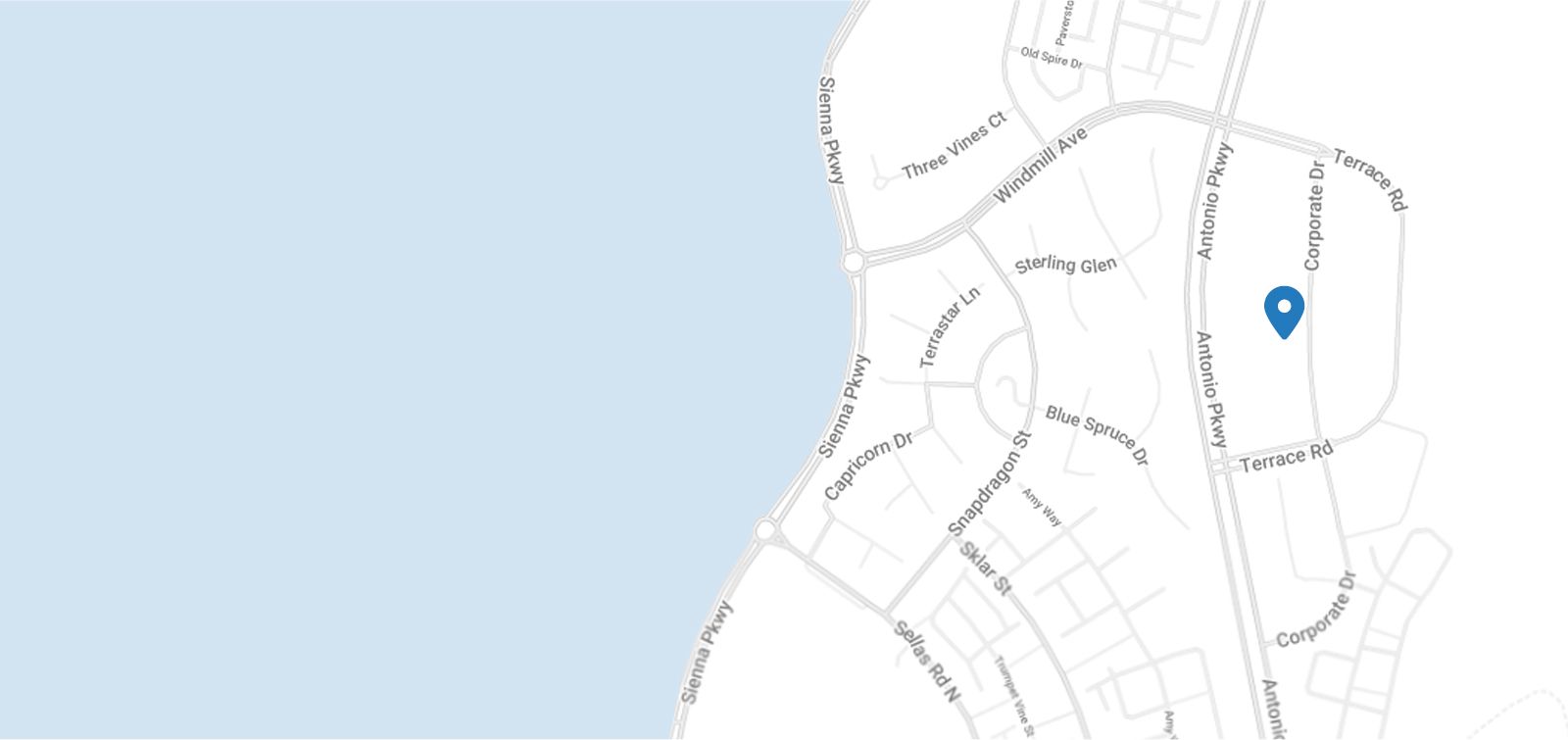For many children and adults, reading is not a simple task - it’s a daily challenge that can impact school, work, and self-confidence. Dyslexia is one of the most common learning difficulties, affecting nearly 1 in 5 people to some degree. It often makes it harder to recognize words, spell, and read fluently.
While dyslexia is primarily a language-based disorder, visual processing problems can intensify these struggles. At A+ Vision Optometry, we believe it’s important to look at the whole picture, which includes both the brain’s language centers and the eyes’ ability to work together efficiently.
What Is Dyslexia?
Dyslexia is a neurological condition that affects the way the brain interprets and processes language. Those with dyslexia may experience:
Difficulty recognizing familiar words
Trouble matching sounds to letters
Reading that feels slow, labored, or inconsistent
Spelling errors that don’t match their level of intelligence or effort
Importantly, dyslexia is not a sign of low intelligence. Many people with dyslexia are highly creative, excellent problem solvers, and thrive in areas outside of reading.
How Vision Plays a Role in Reading
Even though dyslexia stems from language processing, strong visual skills are necessary for smooth reading. When the eyes don’t work together properly, the brain struggles to keep up. Some common vision-related issues that can worsen reading challenges include:
Poor eye tracking: Losing place on the page or skipping words/lines.
Binocular vision dysfunction: Eyes that don’t team together properly, making words appear to move or blur.
Difficulty with visual memory: Trouble remembering the appearance of words or letters.
Reduced focus stamina: Eye strain, headaches, or fatigue after a short time of reading.
These challenges don’t cause dyslexia, but they can act as roadblocks, making reading and learning even harder.
What Is Vision Therapy?
Vision therapy is a personalized program of eye-brain exercises designed to strengthen visual skills. Think of it like physical therapy, but for the visual system. Unlike glasses, which simply correct eyesight, vision therapy works on how the brain processes and responds to what the eyes see.
A typical vision therapy plan may include:
Eye-tracking exercises to improve reading flow
Activities that strengthen eye teaming and depth perception
Visual memory drills to help with word recognition
Tools like lenses, prisms, or computer-based programs for skill-building
How Vision Therapy Helps Those with Dyslexia
Vision therapy can significantly ease the visual challenges that make reading more difficult. By reducing eye strain and improving coordination, patients often find that reading becomes less frustrating and more efficient.
Some of the key benefits include:
Smoother eye movements when scanning text
Better ability to focus for longer periods of time
Less skipping or repeating lines while reading
Improved confidence with school or work tasks that involve reading
Support Learning With Better Visual Skills
Dyslexia can make learning feel like an uphill battle, but vision therapy offers a way to ease the visual obstacles that often stand in the way of success. By addressing underlying eye movement, teaming, and processing skills, we help patients unlock their potential and approach reading with greater comfort and confidence.
If your child struggles with reading, contact A+ Vision Optometry to schedule a vision therapy evaluation and discover how strengthening visual skills can support learning and build confidence





